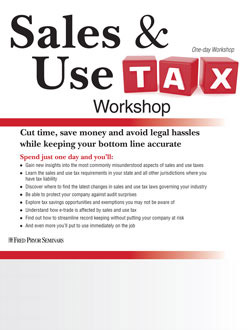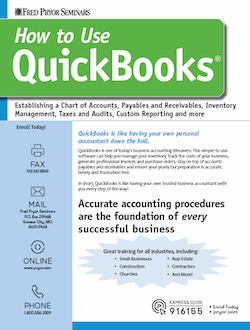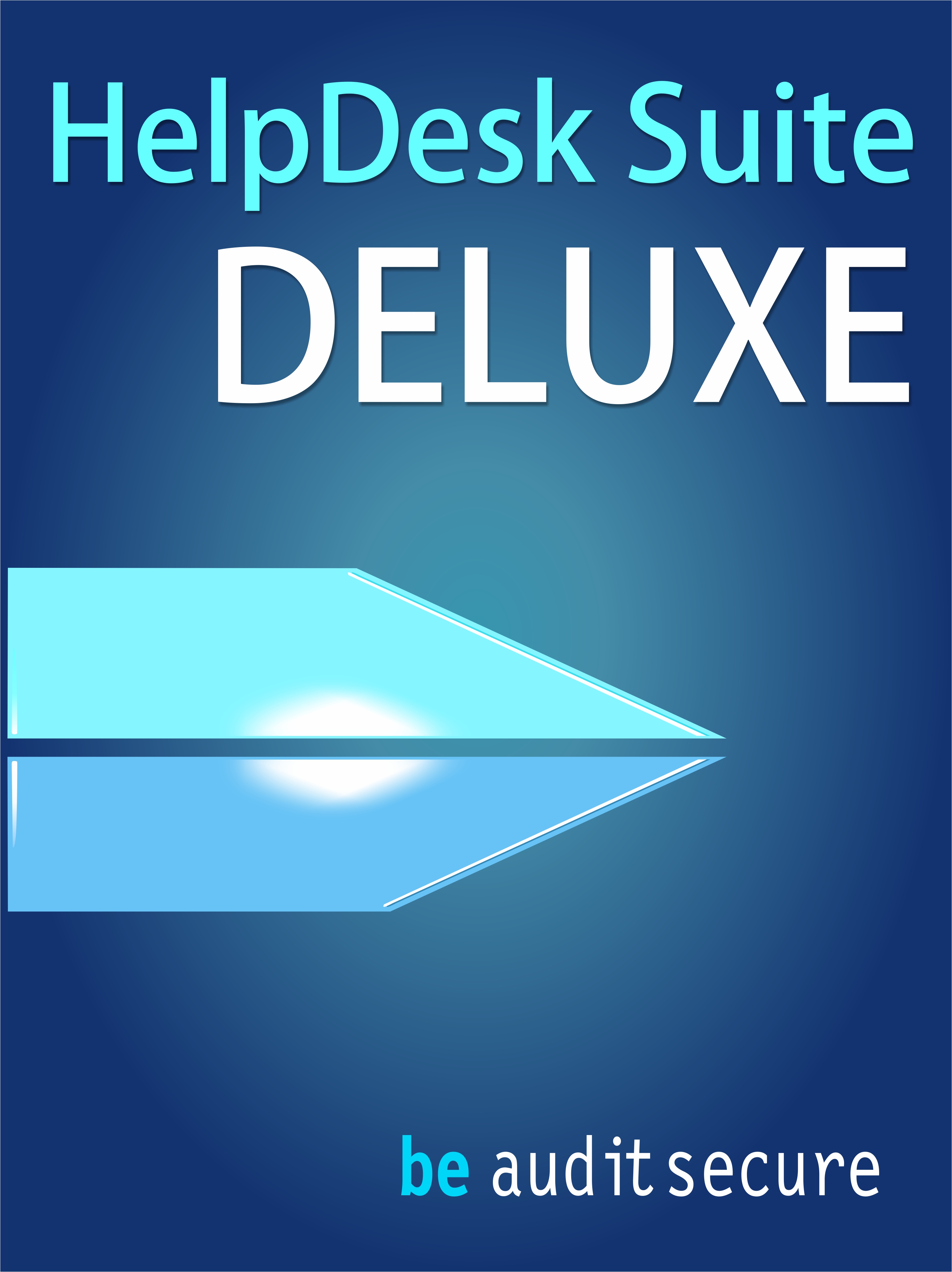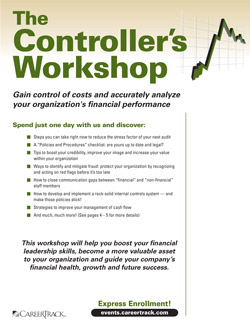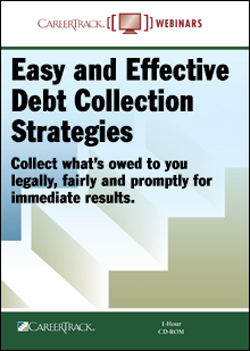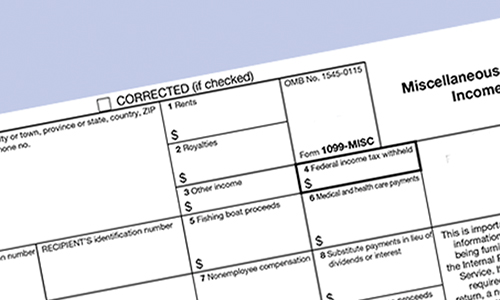With multiple learning formats available, you can attend accounting courses online, participate in live in-person seminars, or schedule customized onsite training for your entire team. For organizations seeking a scalable solution, the PryorPlus annual pass provides unlimited access to our complete catalog of finance and accounting courses, giving your employees ongoing opportunities to sharpen their financial and management skills.
Why is Finance & Accounting Training Important?
With more than 1.5 million professionals working in finance and accounting roles, narrowing critical skill gaps is essential to business success. Proper training helps ensure compliance with financial regulations, strengthens decision-making, and prevents costly errors in spreadsheets and reports.
Our financial management training spans a broad range of topics, from cash flow forecasting and inventory cycle counts to analyzing financial statements and understanding tax implications. Pryor’s award-winning programs are grounded in Generally Accepted Accounting Principles (GAAP) and equip your team with practical finance, collections, and bookkeeping skills, ensuring they remain current with accounting standards and financial regulations.
Skills You Will Gain from Finance & Accounting Courses
Pryor Learning’s accounting courses online and in-person training cover both foundational and advanced finance concepts. Whether you are just beginning your career or enhancing existing expertise, our courses provide skills that drive business efficiency and career growth.
You’ll learn how to:
- Prepare and classify cash-flow statements and financial reports
- Identify corporate tax-saving opportunities
- Navigate federal rules, statutes and regulations
- Strengthen debt collection practices
- Read and interpret financial statements
- Build accurate budgets and forecasts
Accounting Software Training
In addition to theory and practice, Pryor Learning offers hands-on training in essential tools. Explore courses designed to teach you QuickBooks, Excel and HelpDesk, empowering you to manage financial processes more efficiently.
Outcomes of Finance & Accounting Courses
Completing Pryor Learning’s business finance and accounting courses provides more than just technical knowledge. Many participants earn career certificates, which can be added to resumes, CVs or LinkedIn profiles—strengthening job applications, supporting performance reviews and showcasing ongoing professional development.
Flexible Learning with PryorPlus
If you or your team are interested in taking multiple courses, PryorPlus offers the best value. This annual pass provides unlimited access to our entire catalog of finance and accounting courses, available both online and in person. With PryorPlus, you can continually refresh and expand your skills at your own pace.
Why Choose Pryor Learning?
- Over 50 years of excellence in learning and development
- Award-winning training trusted by individuals and organizations nationwide
- Flexible learning options—accounting courses online, live seminars or in-person events
- Professional credits and certifications available
Types of Finance & Accounting Training Available
- Live virtual seminars
- In-person classroom training
- Live and on-demand webinars
- Downloadable learning products
- Unlimited access through the PryorPlus annual pass

